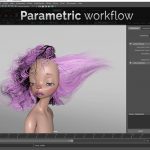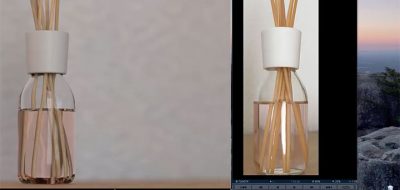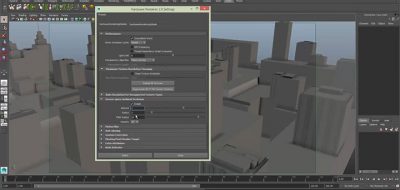Most of us have used some form of render passes in post production. And why not? It makes tweaking renders in composite much easier, and it also takes the pain out of making any changes. You may know them as render passes, or AOV’s or by any other name. The extent of the render passes might vary from project to project, and some may be more common than others. Sure, creating passes for shadows, ambient occlusion and material ID’s might all be commonplace; While altering environmental reflections after the fact, perhaps less so.
how you can change reflection maps in post production
You can in fact change the environmental reflections of a render in your compositor, and it can be done by manually creating 3 simple passes. Here, VFX Generalist Chital Gazdar walks us through the process using Autodesk Maya, and The Foundry’s Nuke. (Although the techniques described could be recreated in ay DCC of choice.)
Chetal shows how you can create a reflection ID pass, a reflection intensity pass, and a reflection UV pass, and use those in composite. With these three passes, you will be able to change the environmental reflection of your render with a high degree of control. Pretty amazing actually.






